

I offer mobile massage to new clients on Tuesday and Wednesday. If you are a first time client, please email me ([email protected]) to request a session. I also occasionally offer massage on Saturdays! Because this is outside of my business hours, there is an additional fee- keep an eye out for these because they are rare!
I proudly serve clients in the greater Bellevue and Seattle area, bringing the benefits of massage therapy directly to your doorstep. Whether you’re in need of stress relief, pain management, or simply some well-deserved pampering, I am here to provide you with a tailored massage experience that meets your unique needs and preferences.
With my mobile massage services, you can enjoy the luxury of a professional massage in the comfort and convenience of your own home or office. Say goodbye to the hassle of traffic, parking, and scheduling constraints – I’ll bring the massage table, linens, and soothing music to you, allowing you to relax and unwind without ever having to leave your surroundings.
I offer multiple modalities and oftentimes I weave them all into the same massage. My specialities include; fascial stretch therapy, oncology massage and manual lymphatic drainage. I can also include cupping therapy, kinesio taping and myofascial release within your session.
I provide a thorough intake and depending on your goals I can make a recommendation (or two) and we can come up with a plan that works for you!
When you book a massage session with me, you’re in for a holistic and tailored experience that combines various modalities to address your specific needs and preferences. I offer premium massage services to transcend the ordinary!
Before we begin, I’ll take the time to sit down with you and discuss any areas of concern, injuries, medical conditions, or specific goals you have for the session. This allows me to personalize the treatment plan to best suit your needs. My favorite approach is to blend and meld different modalities within the same session.


This technique involves gentle, assisted stretching aimed at improving flexibility, reducing stiffness, and enhancing mobility. During the session, you’ll experience a series of targeted stretches designed to release tension and improve the function of your fascia, the connective tissue that surrounds muscles and organs.




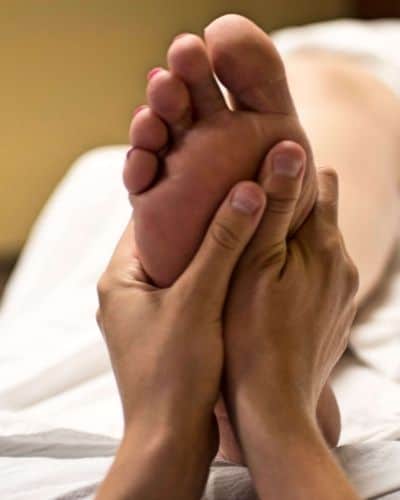



MLD is a gentle massage technique that stimulates the lymphatic system, helping to reduce swelling, promote detoxification, and support immune function. Using light, rhythmic strokes, I’ll work to encourage the natural flow of lymph fluid throughout your body, promoting a sense of relaxation and well-being.
This ancient healing practice involves placing cups on the skin to create suction, which can help to release tight muscles, improve circulation, and reduce pain and inflammation. During the session, you may experience a gentle pulling sensation as the cups are applied to various areas of your body, followed by a deep sense of release and relaxation.
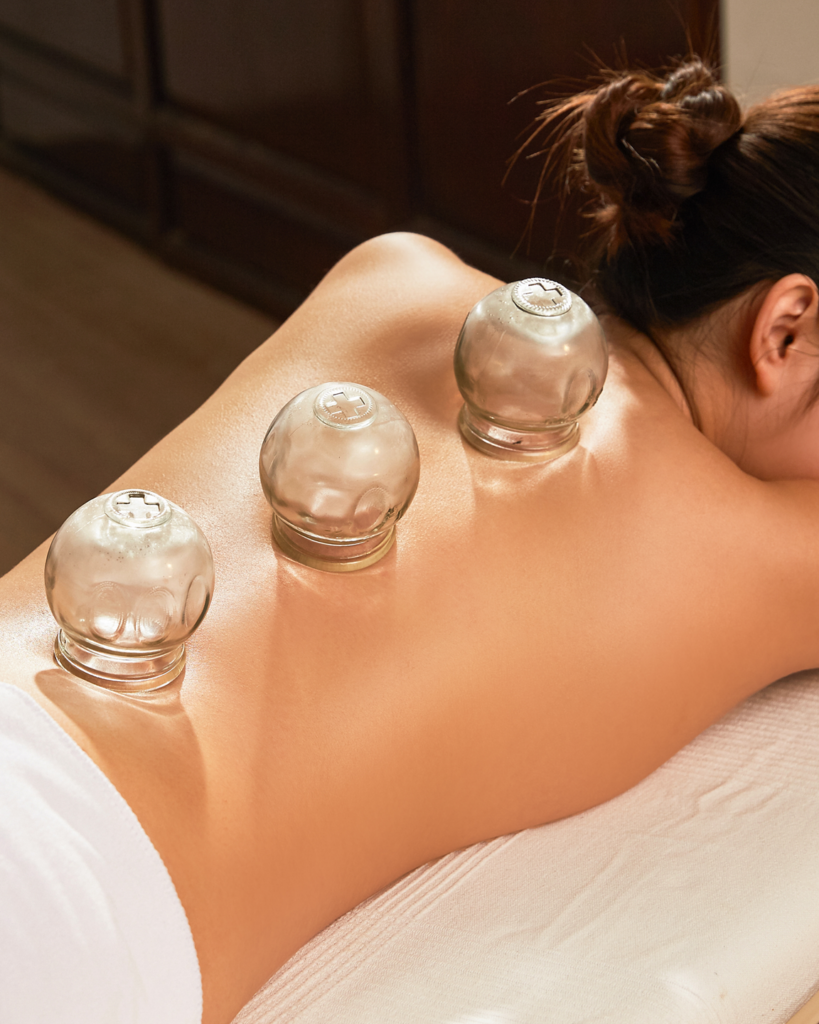



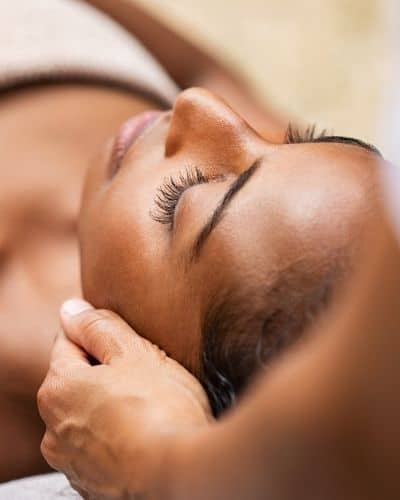



This gentle, hands-on technique focuses on releasing tension and promoting balance within the craniosacral system, which includes the membranes and fluid that surround the brain and spinal cord. Using subtle movements and holds, I’ll work to release restrictions and encourage the natural rhythm of cerebrospinal fluid, promoting deep relaxation and a sense of calm.
If you’re undergoing cancer treatment or are a cancer survivor, oncology massage offers specialized care tailored to your unique needs and considerations. With a gentle and compassionate approach, I’ll adapt the massage techniques to accommodate any physical or emotional challenges you may be facing, providing comfort and support throughout the session.
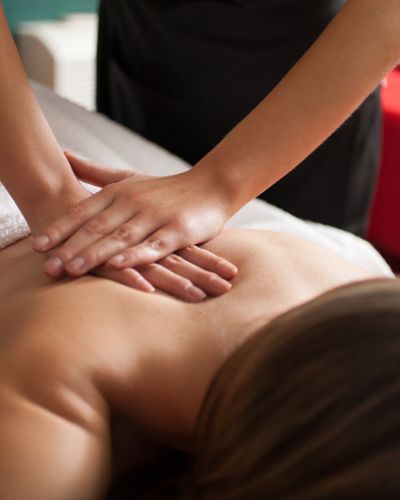



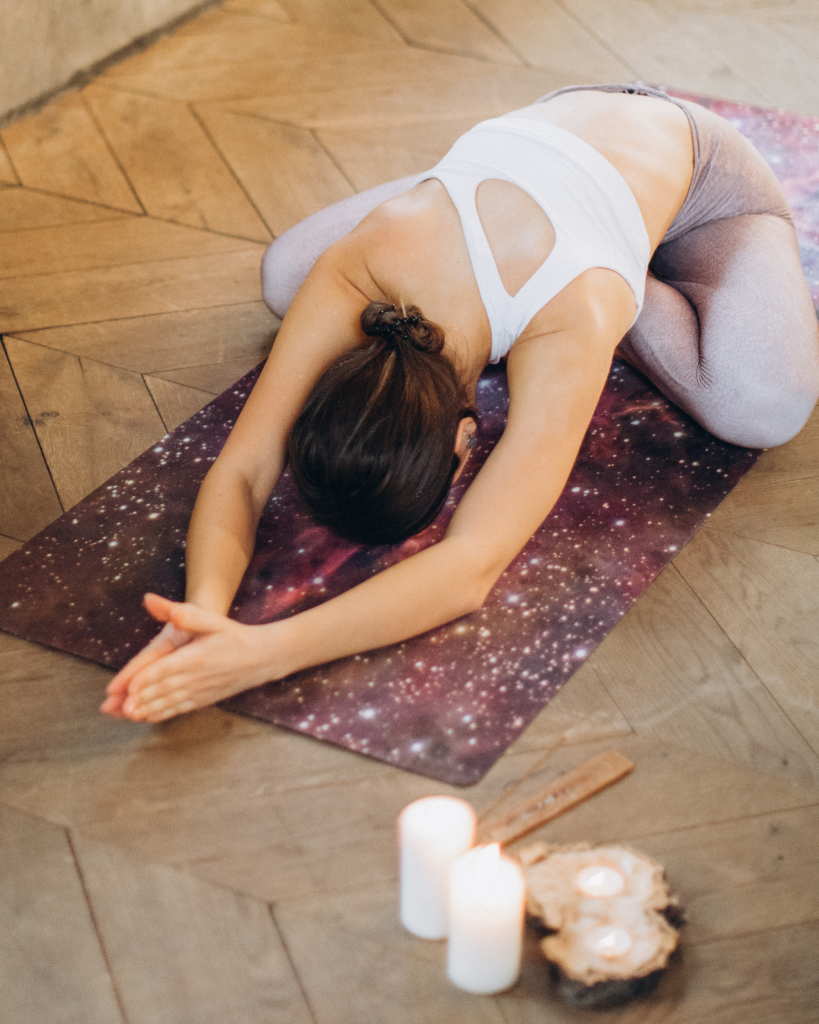



Drawing from my experience as a yin yoga teacher, I may incorporate elements of yin yoga into your massage session to enhance relaxation, improve flexibility, and promote a sense of inner peace. This may involve gentle stretching or guided breathing exercises to complement the massage techniques and deepen your sense of relaxation.
Throughout the session, I’ll create a supportive and nurturing environment where you can relax, unwind, and reconnect with your body and mind. Whether you’re seeking relief from pain and tension or simply looking to increase self-care, I’m here to provide a customized experience that leaves you feeling refreshed, rejuvenated, and restored.
Fascial Stretch Therapy is a unique form of assisted stretching that targets not only the muscles but also the fascia, the connective tissue surrounding muscles, bones, and joints. It involves gentle, pain-free movements to improve flexibility, mobility, and overall function.
Unlike traditional stretching, which often focuses solely on lengthening muscles, FST incorporates techniques to simultaneously lengthen and release tension in the fascia. This comprehensive approach can lead to more profound and lasting improvements in flexibility and range of motion.
Fascial Stretch Therapy offers a wide range of benefits, including increased flexibility, improved posture, enhanced athletic performance, reduced risk of injury, and relief from chronic pain and tension. It can also promote relaxation and reduce stress levels.
Fascial Stretch Therapy is suitable for individuals of all ages and fitness levels. Whether you’re an athlete looking to improve performance, someone dealing with chronic pain or stiffness, or simply seeking to enhance your overall well-being, FST can be a valuable addition to your wellness routine.
No, Fascial Stretch Therapy should not be painful. The techniques used are gentle and performed within your comfort level. You may experience some mild discomfort as areas of tension are released, but overall, the experience should be relaxing and enjoyable.
The number of sessions needed can vary depending on your individual goals, needs, and level of flexibility. Some clients experience significant improvements after just one session, while others may benefit from a series of sessions to achieve their desired results. Your therapist can help you determine an appropriate treatment plan based on your specific circumstances.
It is recommended to wear comfortable, loose-fitting clothing that allows for ease of movement. Avoid wearing restrictive clothing that may hinder the stretching process.
Yes, Fascial Stretch Therapy can be effectively combined with other massage modalities, such as manual lymphatic drainage, Swedish massage, or cupping therapy, to enhance the overall benefits and address specific concerns. Your therapist can customize the treatment to meet your individual needs and preferences.
While Fascial Stretch Therapy is generally safe and beneficial for most individuals, there may be certain medical conditions or contraindications that require special consideration. It’s important to inform your therapist of any health issues or concerns you may have before starting treatment to ensure a safe and effective experience.
Manual Lymphatic Drainage is a gentle massage technique designed to stimulate the lymphatic system, which plays a crucial role in immune function and fluid balance. By using light, rhythmic strokes, MLD helps to encourage the natural flow of lymph fluid throughout the body, promoting detoxification and supporting overall health.
Manual Lymphatic Drainage offers a variety of benefits, including reducing swelling and edema, improving immune function, promoting detoxification, and relieving symptoms of conditions such as lymphedema, fibromyalgia, and post-surgical recovery. It can also help to alleviate stress and promote relaxation.
Manual Lymphatic Drainage is beneficial for individuals of all ages and health conditions. It can be particularly helpful for those dealing with lymphedema, chronic swelling, post-surgical recovery (including cosmetic surgery), autoimmune conditions, detoxification support, and overall wellness maintenance
No, Manual Lymphatic Drainage should not be painful. The techniques used are very gentle and performed with minimal pressure. While you may feel a light, rhythmic sensation during the massage, it should not cause discomfort. If you experience any pain or discomfort during the session, be sure to communicate with your therapist so adjustments can be made.
The number of sessions needed can vary depending on the individual’s specific goals and needs. Some clients may experience noticeable improvements after just one session, while others may benefit from a series of sessions to achieve their desired results. Your therapist can help you determine an appropriate treatment plan based on your unique circumstances.
While Manual Lymphatic Drainage is generally safe for most individuals, there are certain medical conditions and contraindications that may require special consideration. These may include acute infections, congestive heart failure, deep vein thrombosis, and certain skin conditions. It’s important to inform your therapist of any health issues or concerns you may have before starting treatment
It is recommended to wear comfortable, loose-fitting clothing that allows for easy access to the areas being treated. Depending on the specific techniques used during the session, your therapist may ask you to disrobe partially or completely. However, modesty draping will always be provided to ensure your comfort and privacy.
Yes, Manual Lymphatic Drainage can be effectively combined with other massage modalities, such as Swedish massage, fascial stretch therapy, or craniosacral therapy, to enhance the overall benefits and address specific concerns. Your therapist can customize the treatment to meet your individual needs and preferences.
Oncology Massage is a specialized form of massage therapy designed to support individuals who are undergoing cancer treatment or are cancer survivors. It focuses on providing safe and gentle massage techniques tailored to address the unique needs and concerns of cancer patients.
Oncology Massage offers a variety of benefits, including reducing stress and anxiety, relieving pain and discomfort, improving sleep quality, enhancing relaxation and well-being, and promoting a sense of connection and support during the cancer journey.
Yes, Oncology Massage is specifically adapted to be safe and gentle for individuals undergoing cancer treatment or in recovery. Certified oncology massage therapists receive specialized training to understand the potential side effects of cancer treatments and how to modify massage techniques accordingly, ensuring a safe and comfortable experience for clients.
During an Oncology Massage session, your therapist will conduct a thorough intake assessment to understand your medical history, current treatment plan, and any specific concerns or preferences you may have. The massage techniques used will be tailored to address your individual needs, focusing on gentle touch and mindful presence to promote relaxation and comfort.
While Oncology Massage is generally safe for most cancer patients, there may be certain medical conditions or treatment-related side effects that require special consideration. Your therapist will work closely with you to ensure that the massage is adapted to accommodate any health concerns or contraindications, such as lymphedema, blood clotting disorders, or recent surgeries.
The number of Oncology Massage sessions needed can vary depending on the individual’s specific goals, treatment plan, and overall health status. Some clients may benefit from regular sessions throughout their cancer journey, while others may prefer occasional massages to help manage symptoms and promote relaxation. Your therapist can help you determine an appropriate treatment plan based on your unique circumstances.
Yes, Oncology Massage can be beneficial in managing a variety of treatment-related side effects, including pain, fatigue, nausea, anxiety, depression, and neuropathy. The gentle touch and supportive presence of a trained oncology massage therapist can provide comfort and relief during challenging times.
Look for a massage therapist who is certified in Oncology Massage and has undergone specialized training in working with cancer patients. You can ask for recommendations from your oncology care team, search online directories for certified therapists, or inquire with local cancer support organizations. Be sure to choose a therapist who has experience and expertise in providing compassionate care to individuals with cancer.
Cupping is an ancient therapeutic technique that involves placing cups on the skin to create suction. This suction promotes blood flow, relieves muscle tension, and stimulates the body’s natural healing processes.
During a cupping session, suction is created either through the use of heat (fire cupping) or mechanical devices (such as suction cups). The cups are placed on specific areas of the body and left in place for a few minutes, creating a vacuum effect that draws blood to the surface of the skin. This increased blood flow can help to release muscle tension, improve circulation, and promote relaxation.
Cupping therapy is believed to offer a variety of benefits, including relieving muscle pain and stiffness, reducing inflammation, improving circulation, boosting immune function, and promoting relaxation. It is often used as a complementary therapy for conditions such as back pain, migraines, fibromyalgia, and respiratory issues.
Cupping therapy is generally not painful, although some individuals may experience mild discomfort or a sensation of tightness during the treatment. The intensity of the suction can be adjusted based on the client’s comfort level, and any discomfort typically subsides once the cups are removed.
While cupping therapy is considered safe for most people, there are some potential side effects to be aware of. These may include temporary skin discoloration, bruising, and soreness at the cupping sites. In rare cases, individuals with certain medical conditions (such as blood disorders or skin infections) may experience complications, so it’s important to consult with a qualified practitioner before undergoing cupping therapy.
The marks or bruises left behind by cupping therapy typically fade within a few days to a week, depending on the individual’s skin sensitivity and the intensity of the treatment. The discoloration is caused by the release of stagnant blood and toxins from the tissues and is considered a normal part of the healing process.
Yes, cupping therapy can be effectively combined with other massage modalities, such as deep tissue massage, Swedish massage, or acupuncture, to enhance the overall benefits and address specific concerns. Your therapist can customize the treatment to meet your individual needs and preferences.
Look for a licensed massage therapist or certified cupping therapist who has undergone specialized training in cupping therapy.
Practitioners
Craniosacral Therapy is a gentle, hands-on approach to healing that focuses on the craniosacral system – the membranes and cerebrospinal fluid that surround and protect the brain and spinal cord. CST aims to release tension and restrictions in the craniosacral system to improve the body’s overall function and well-being.
During a CST session, the therapist uses subtle manual techniques to detect and release areas of tension or restriction in the craniosacral system. This may involve gentle manipulation of the skull, spine, and pelvis, as well as light touch to other parts of the body. By facilitating the release of tension and promoting the body’s natural healing processes, CST can help to alleviate pain, improve mobility, and enhance overall health.
Craniosacral Therapy has been found to be effective in addressing a wide range of physical and emotional conditions, including headaches, migraines, neck and back pain, TMJ dysfunction, fibromyalgia, chronic fatigue syndrome, anxiety, depression, and stress-related disorders. It can also be beneficial for supporting the body’s natural healing processes and promoting overall wellness.
Yes, Craniosacral Therapy is considered to be a safe and gentle form of bodywork. The techniques used are non-invasive and performed with minimal pressure, making it suitable for individuals of all ages, including infants, children, and the elderly. However, it’s essential to inform your therapist of any medical conditions or concerns you may have before starting treatment.
During a CST session, you will typically lie fully clothed on a massage table while the therapist uses light touch to assess and address areas of tension or restriction in your body. The treatment may involve gentle manipulation of the skull, spine, and pelvis, as well as subtle adjustments to other parts of the body. Many clients experience a deep sense of relaxation and may even drift into a meditative state during the session.
The number of CST sessions needed can vary depending on your individual needs, goals, and response to treatment. Some clients may experience significant improvement after just one session, while others may benefit from a series of sessions to achieve lasting results. Your therapist can help you determine an appropriate treatment plan based on your specific circumstances.
Yes, Craniosacral Therapy can be effectively combined with other massage modalities, such as Swedish massage, fascial stretch therapy, or myofascial release, to enhance the overall benefits and address specific concerns. Your therapist can customize the treatment to meet your individual needs and preferences.
Look for a massage therapist or bodyworker who has undergone specialized training in Craniosacral Therapy and holds certification in this modality. You can ask for recommendations from friends, family, or healthcare professionals, or search online directories for practitioners in your area. Be sure to inquire about their qualifications, experience, and approach to ensure you find the right fit for your needs.